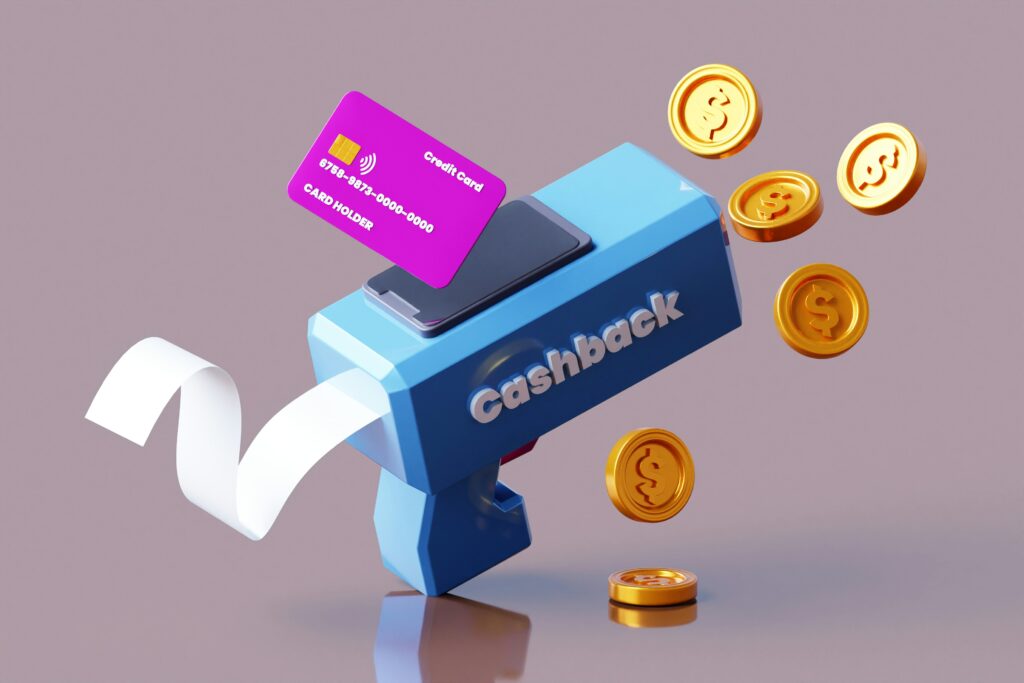Observations of a Tech Consultant: Unveiling the Technological Backbone of Modern Banking


In today’s fast-paced world, banking has evolved far beyond the traditional brick-and-mortar institutions of yesteryears. Technological advancements have revolutionized financial transactions, making banking more accessible, efficient, and secure. Many technologies, from online banking to mobile payments, underpin the modern banking sector. Let’s delve into the intricate web of technology that powers the banking industry.
Digital Banking:
Digital banking, or online banking, has become a cornerstone of modern banking services. It allows customers to perform various financial activities remotely, such as checking account balances, transferring funds, paying bills, and applying for loans. The foundation of digital banking lies in secure internet connectivity and robust backend infrastructure. Banks invest heavily in developing user-friendly interfaces and implementing stringent security measures to safeguard customer data and transactions.
Mobile Banking:
Mobile banking has gained immense popularity among consumers with the widespread adoption of smartphones. Mobile banking apps enable users to manage their finances on the go, offering convenience and flexibility. These apps often incorporate advanced features like biometric authentication, real-time notifications, and personal finance management tools. Moreover, integrating mobile payment solutions like Apple Pay and Google Pay allows customers to make seamless transactions using their smartphones.
Artificial Intelligence (AI) and Machine Learning (ML):
Artificial intelligence and machine learning technologies are revolutionizing various facets of banking operations. AI-powered chatbots provide round-the-clock customer support, addressing queries and resolving issues efficiently. Machine learning algorithms analyze vast amounts of data to detect fraudulent activities and enhance risk management practices. Moreover, AI-driven personalized recommendations enable banks to offer tailored financial products and services based on individual customer preferences and behavior patterns.
Blockchain Technology:
Blockchain technology has garnered significant attention in banking sector due to its potential to streamline processes and enhance security. Essentially a decentralized digital ledger, blockchain enables secure and transparent recording of transactions across multiple parties. Banks are exploring blockchain for various applications, including cross-border payments, trade finance, and identity verification. The immutability and cryptographic security offered by blockchain instill trust among participants and mitigate the risk of fraud and tampering.
Big Data Analytics:
The proliferation of data in the digital age has paved the way for big data analytics to revolutionize banking operations. Banks leverage big data analytics to gain valuable insights into customer behavior, market trends, and risk profiles. By harnessing the power of data analytics, financial institutions can optimize marketing strategies, improve decision-making processes, and personalize customer experiences. Furthermore, predictive analytics models help forecast economic trends and identify potential opportunities and threats.
Cybersecurity Measures:
As banking transactions increasingly shift to digital channels, cybersecurity has become paramount for safeguarding sensitive financial information. Banks employ a multi-layered approach to cybersecurity, encompassing firewalls, encryption techniques, intrusion detection systems, and regular security audits. Continuous monitoring and threat intelligence enable banks to proactively identify and mitigate cyber threats, ensuring customer data’s integrity and confidentiality. Additionally, regulatory compliance measures such as GDPR and PCI DSS further reinforce cybersecurity practices within the banking industry.
Cloud Computing:
Cloud computing has revolutionized how banks store, process, and manage data and applications. By migrating to cloud-based infrastructure, banks can reduce operational costs, enhance scalability, and improve agility. Cloud computing allows banks to deploy innovative services rapidly and efficiently, staying ahead in a highly competitive market. Moreover, cloud-based solutions facilitate seamless integration with third-party fintech providers, enabling banks to offer innovative products and services to customers.
Internet of Things (IoT):
The Internet of Things (IoT) is reshaping the banking landscape by enabling interconnected devices to exchange data and perform automated tasks. In the banking sector, IoT devices, such as wearable devices and intelligent ATMs, enhance customer experiences and streamline operations. Wearable devices with payment capabilities enable customers to make transactions conveniently, while smart ATMs offer advanced functionalities such as biometric authentication and predictive maintenance.
Robotic Process Automation (RPA):
Robotic Process Automation (RPA) automates repetitive tasks and workflows, increasing operational efficiency and reducing human errors. RPA finds applications in various banking areas, including account opening, loan processing, and regulatory compliance. By automating mundane tasks, banks can allocate human resources to more value-added activities, ultimately improving productivity and customer satisfaction.
The banking industry is undergoing a profound transformation fueled by technological innovation. From digital banking to blockchain technology, many technologies are reshaping how financial services are delivered and consumed. Embracing these technologies enables banks to stay competitive, enhance customer experiences, and drive operational efficiencies. As technology continues to evolve, the future of banking holds immense promise, heralding a new era of innovation and progress.
